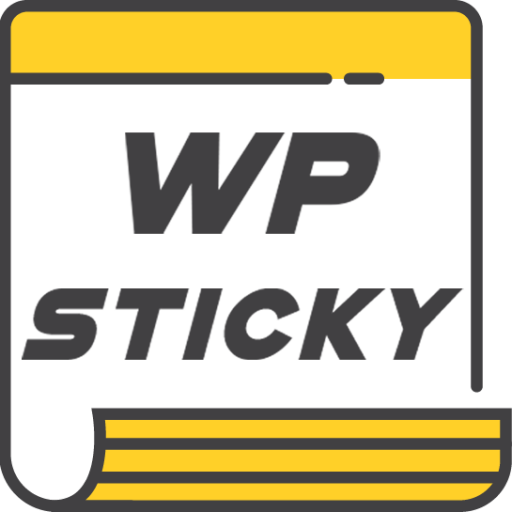Java has been on the enterprise apps front for decades, primarily because of its robustness, platform independence, and mature ecosystem. But at certain intervals, organizations must upgrade and migrate Java applications to be newer, competitive, and feature-rich. Such moves are not easy-from a technical, operational, or emotional point of view. However, with adequate planning and execution, they can be done safely and effectively. This guide will introduce the salient points, the critical steps, and best practices for migrating and upgrading Java applications to new versions and technologies.

Evaluate Current Status
Java development and support Prior to migration or upgrade, use an assess state of your Java applications. The detailed assessment is a critical part of Java development and support, as it helps organizations better plan the migration or upgrade process and address any potential challenges early on. Some important things you would want to consider are:
- Code Quality: Perform a code review to expose technical debts, code smells, or outdated patterns. Tools like SonarQube automatize that;
- Dependencies: Create a full inventory of all libraries, frameworks, and tools upon which your application runs. This would enable you to know which are incompatible in the future;
- Performance Metrics: Establish baseline performance metrics. This can be referenced when viewing the performance post-migration/upgrade;
- Documentation: Ensure the application is well documented-a full architecture diagram, configuration files and deployment scripts give a good picture of your application.
Assessing the current state will help you well in planning the migration or upgrade and detecting early those elements which might pose a challenge.
Choosing the correct version and technology
Selecting the correct Java version and associated technologies for your application comes next. Though the temptation may be there to move on to the new version, it is wise to keep in mind the periods of maturity and support lifecycle for each release. For production environments, Oracle recommends use of their Long-Term Support (LTS) releases, which include Java 11 and Java 17,because of their longer times of support. If you are not sure, a Java consulting company can help. Apart from Java version, also consider the following:
- Frameworks and Libraries: Determine how your existing frameworks and libraries interact with that Java version. Check for updated versions or alternatives which offer better performance/added features;
- Build tools: Ensure that your build tools, Maven or Gradle, are appropriate for the new version of Java. Some plugin and configuration updates might be required;
- IDE Support: Check that your IDE does include not only the new Java version but also features like code completion, debugging, and refactoring, which the IDE should provide for Java versions.
The right version and technology foundation sets up a successful migration or upgrade.
Making a Detailed Plan
A good blueprint would allow for a smooth migration or shift. The plan should contain the following elements:
- Migration or upgrade: Characteristics that will feature the exercise of migration or upgrading. They will include what is aimed at and what will be seen to be realistic thereafter. For example, such could be an increase in speed, squeezed security controls or a most recent feature indeed;
- Time Plans and Guidelines: It will be reasonable to decide on the periods within which all the tasks should be completed and outline the key milestones that need to be achieved. It is advisable also to separate the whole project to several parts like code review, test for compatibility, deployment, and operation;
- Resource Allocation: You have to identify team members responsible for the tasks, and ensure their competences. Make sure you allocate enough time and resources for testing and troubleshooting, where necessary;
- Risk Management: It’s every manager’s work to identify threats that may occur in the departments he/she is in charge and seek solutions in overcoming them. Sometimes, disaster recovery would involve instituting backup plans, rollback procedures, and alternative measures.
Comprehensive Risk Identification and Management controls enable the organization to establish that proper risk management measures are put in place during the migration and upgrade.
Refactoring and Rebuilding Business Logic
Java application upgrading or migration can save the day as it provides the perfect excuse to also perform code refactoring exercises to ensure the code is up to date. This enhances clean code development as well as utilizes the most favorable coding styles and features in the new version of Java one has selected. The main components of refactoring are as outlined:
- Code Restructuring: Rephrasing complex structures of code and getting rid of unneeded parts of code. This mainly enhances the ease of code reading and its management;
- Componentization: Employing software engineering techniques in order to make an application into smaller more maintainable chunks instead of one-size fits all. This is beneficial in the case of upgradation or further enhancement of the application later on;
- Optimization of Concurrency: Apply advanced concurrency features embedded in newer Java versions such as Fork/Join or Completable Future;
- Improvement of Application Interface: It is important to redevelop the obsolete system interfaces using more modern techniques for the application to remain compatible with forthcoming Java versions and operate better.
Refactoring and improving the quality of the code base allows not only for enhancing the performance of the application, but also its maintainability, and expansion in the future.
Comprehensive Testing
Testing is an important part of the process of migration or upgrade. Comprehensive testing is designed to demonstrate how the application performed and determine whether or not the performance objectives have been met. Some of the testing approach includes:
- Unit Testing: Develop and perform unit tests to confirm that specific parts are working as they are intended. Java developers often use tools like JUnit or TestNG for this purpose;
- Integration Testing: Carry out integration testing to check the compatibility among various components or external systems. It is meant to isolate and address any potential supportability, renditions, defects or problems;
- Performance Testing: Perform load testing or performance testing to check the response time of the application, the number of transactions it can perform, and the resources it takes in order to produce the results. These types of tools like Apache JMeter and Gatling can create advanced scenarios and find the section in the software which contains the performance bottleneck;
- Regression Testing: Undertake the regression testing in order to ensure that no defects are introduced with the migration or upgrade. Modular testing frameworks like Selenium can be useful for this purpose.
In this way, thorough testing of the application guarantees good quality of the product and stable performance during operation for users.

Documentation and Training
There is a need to focus on documentation and training for the project’s success in the long run of the migration or upgrade.
That means that there is a need to change or create new documentation and provide training to developers, administrators as well as end-users. Important documentation walk through includes:
- “Sandbox” Documentation: making changes in facilities description, interaction procedures or architecture patterns, construction of the system. Pay attention to technical documentation is the roadmap of every project;
- User Manuals: Be up to date and revise user functionalities and procedures and user reference guides. This assists a lot on how the new version will work for the end consumer;
- Educational Work: Conduct lessons for programmers and administrators in order that they quickly understand the changes and updates. This is needed because the team has to be able to handle such complex tasks.
Detailed documentation and training ensure that the process of migration or upgrade is sustainable and prepares the team for support and further development.
Summary
Although migration and upgrading of Java applications to new versions and technologies is a challenging task, it is necessary if one is to remain relevant in the market and make full use of the information technology advances. However, if the correct procedures are applied including first evaluating the current architecture of the application, selecting the best version to migrate to, formulating a comprehensive plan, performing in-depth review of the application’s code, testing the application in detail, and performing phased roll-out (where there is no need for a sudden go-live transition), there is minimum likelihood that anything can go wrong during the migration.
